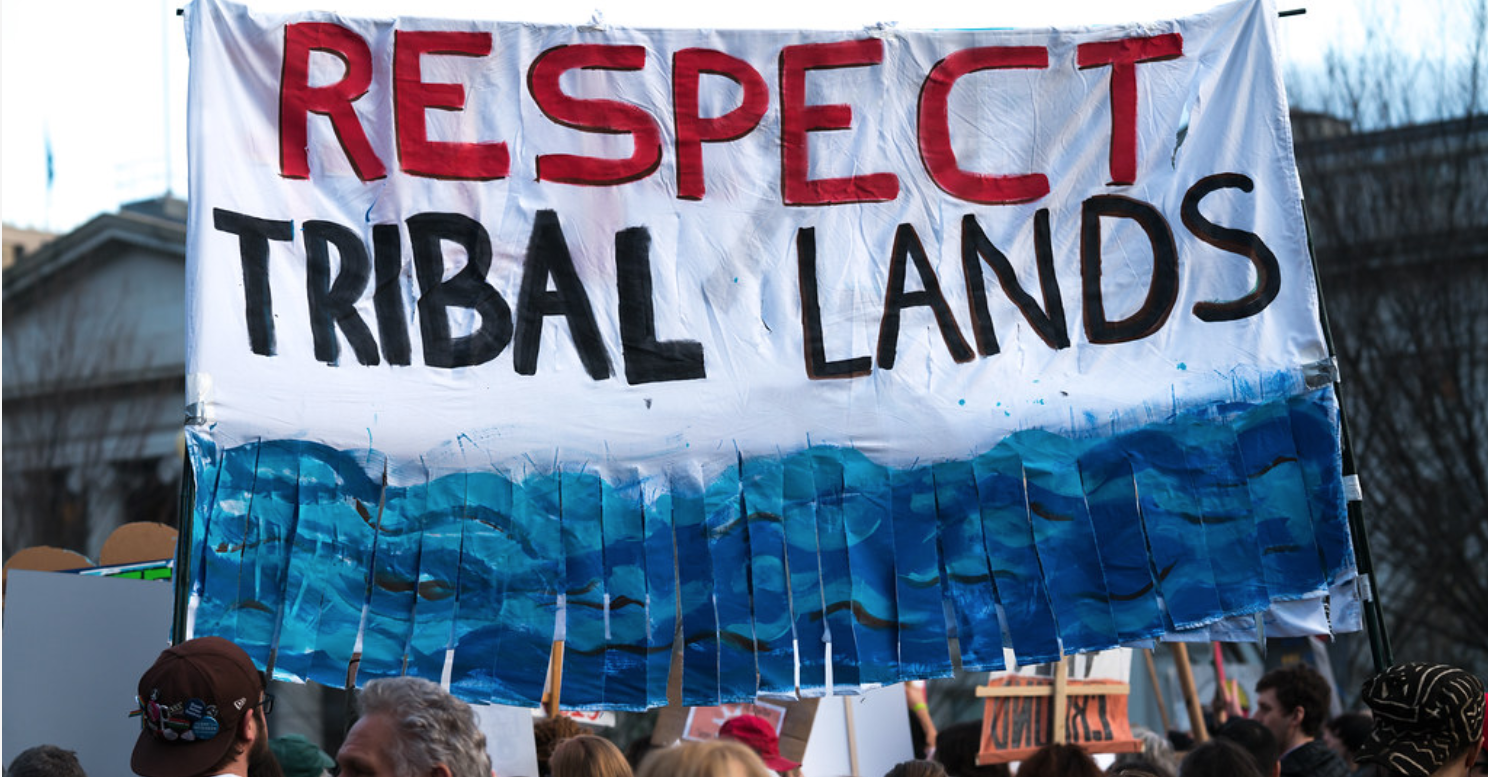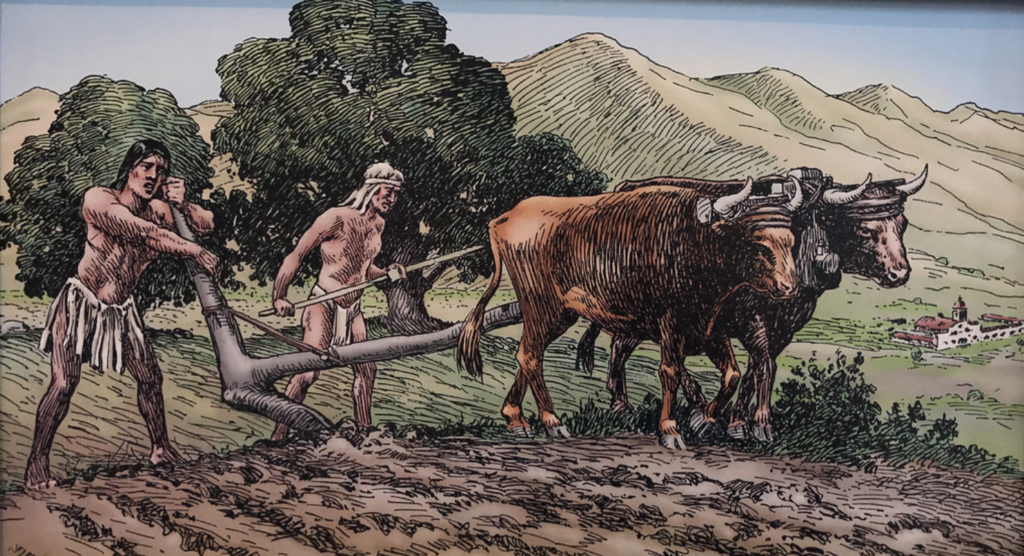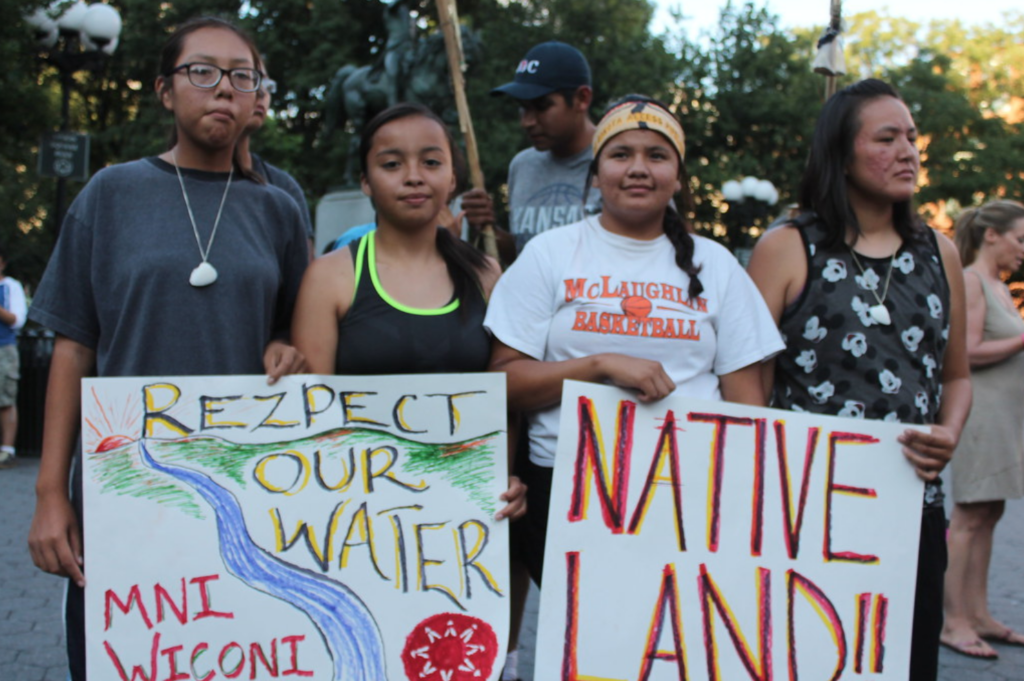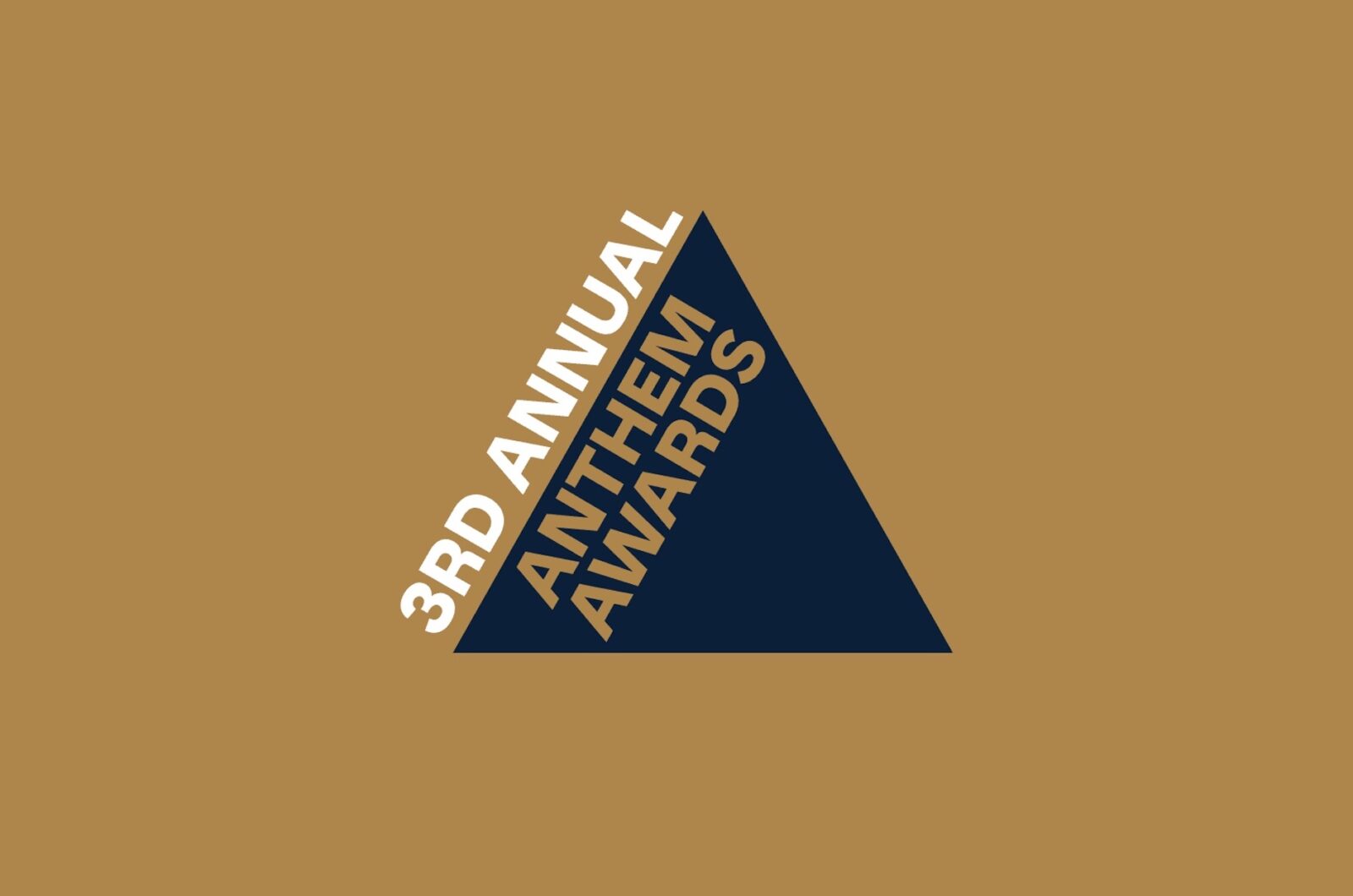An Overlooked Solution to Climate Change: Indigenous Land Rights
Indi Howeth
|October 8, 2020

When we think about the incredible damage that people have done and are doing to our environment, it’s easy to feel hopeless. It’s easy to blame all of humanity for its innate inability to coexist with nature. But to say that humanity is incapable of living sustainably and integrally with nature would ignore the societies who have successfully done so for centuries. While it is true that the modern United States organizes society in an unsustainable way, that does not mean that all societies live like this. In fact, the hope of a world in which people live sustainably- protecting the health of the planet and humanity – is closer than we may think.

A study, published by National Geographic in 2018, revealed that while indigenous people comprise less than 5% of the global population, the mere 25% of land that indigenous people have rights to globally is responsible for 80% of global biodiversity (Gleb Raygorodetsky, 2018, November 16). NASA defines biodiversity as the “volume of organisms in the world” and “fundamental to life on Earth” (NASA Fosters Innovative Ways to Understand Biodiversity). For centuries, Native American societies have lived in a way that preserves this biodiversity and when biodiversity is preserved, both the environment and humans, who rely on its natural resources to live, greatly benefit. It was not, in fact, until mass colonization from Europe that this model of living changed. Through mass colonization from Europe and the birth of industrial capitalism, Turtle Island- a term used by many Native Americans to describe what is now widely called North America- became a breeding ground for human-caused climate change.
Industrialized capitalism and climate change are integrally connected. Historically speaking, anthropogenic (human-caused) climate change would not have occurred without the development of industrialized capitalism. Capitalism was first born when, in the mid 15th century, the nobility in England began putting up fences around sheep and producing enough wool that they started to accumulate disposable income. In other words, capitalism was born out of extracting natural resources for personal profit. When Europeans began colonizing the Americas, by way of stealing land and committing genocide, they modeled these capitalistic behaviors. The new colonizer arrivals from Europe had a very different relationship with land than the nations whose lives and land they stole. Instead of sustainable living, the European colonizers plowed over native land. Life was no longer about taking what a community needed but, instead, extracting as much raw material from the land as possible for maximum profit- which heavily contributed to the development of mass slavery and plantation farming.

In the late 19th century, capitalism grew to new heights with the Industrial Revolution. By that time, the U.S. had been building a culture of environmental degradation and extraction for profit for centuries. Coal was no different. The fossil fuel industry emerged and so did the beginning of the climate crisis.
At the same time, there was a big push in white American society to leave the newly dirty and polluted cities and escape to nature, undamaged by white industrialized capitalism. This is called the conservation movement and led to the creation of the U.S. National Parks. The U.S. government’s creation of these National Parks had two grave consequences. The first is that, instead of looking towards Native nations for guidance about sustainable living, the U.S. government, once again, kicked indigenous peoples out of their homes and off of their land, in many cases, through violence and murder. In fact, this was the case for the Miwuk in what is one of the most world renown and popular national parks, now called Yosemite National Park. The Miwuk are still fighting for federal tribal recognition to this day (Federal Recognition: Southern Sierra Miwuk Nation). This was not a true, pure movement towards sustainable living, but a white supremacist-motivated effort to create an oasis for white society, once again, at the expense of the land’s original inhabitants. The second implication of these parks was that the U.S. government validated the idea that it was not possible for U.S. society to live integrally with the environment in a sustainable way. Instead, unlike in many Native American societies, a divide was created between regular society and natural, protected society.

In the modern U.S., Native Americans still have very limited rights to their stolen land. Indigneous methods and knowledge about how to best maintain the environment are still largely ignored. Not only is this inhumane and in violation of countless treaties and the U.S. Constitution’s takings clause (United States v. Sioux Nation of Indians), this also makes no sense.
Native American nations and people have generations of insight into effective sustainable living in each of America’s regions and climates. This is known as Indigenous knowledge. Kyle Whyte, a “Potawatomi scholar-activist working on issues Indigenous people face with the U.S. settler state,” defines this as “systems of monitoring, recording, communicating, and learning about the relationships among humans, nonhuman plants and animals, and ecosystems that are required for any society to survive and flourish in particular ecosystems which are subject to perturbations of various kinds” (Whyte, 2017 p. 153, p.157). It is this knowledge that explains why land managed by indigenous people, societies and nations accounts for 80%, almost all, of global biodiversity.

I grew up going to National Parks and accumulating Junior Ranger Badges. I love being outdoors and in nature. When I talk to family about my criticism of historical U.S. environmentalism, they have concerns, specifically, about my critiques of the National Parks, because they love them, too. But when it comes down to it, we both want the same thing: to live in a world that honors nature and protects the planet for the sake of nature, and humanity. But what if the U.S. government just isn’t the best entity to manage our environment? What if the best pathways towards a world of sustainable living with maximized preservation of natural spaces and resources is through indigneous management?
The evidence seems clear to me: Listen to the rightful inhabitants of the land we occupy and a world of sustainable living will follow.
There are many ways to combat anthropogenic climate change, but not all of them get to the true root of the issue. The fact is that anthropogenic climate change began and continues to thrive because of a colonial, capitalist culture that prioritizes profits over the health of natural resources and, in turn, people.

Decolonization, fighting for the protection and expansion of indigneous land rights, is one of the only ways to combat climate change that actually addresses the root of the problem. We must fight for indigneous land rights if we are to meaningfully address anthropogenic climate change. Dan Wildcat, a Yuchi member of Muscogee Nation, refers to indigneous climate knowledge as “indigenuity” (Wildcat 2009). We, as a climate movement, must stop overlooking and undervaluing the indigenuity of indigneous people, communities and nations. Not all of humanity has always existed combatively with nature and if we want the best chance of fighting climate change, we must follow the lead of those who understand the option of a different existence. We must follow indigenous climate leaders and focus our fight on decolonization and the protection and expansion of indigenous land rights. It is our best hope.
Here are some indigenous climate scholars and activist readings to get you started: https://libguides.depauw.edu/c.php?g=496687&p=3402071, https://www.ienearth.org/contact-us, https://risingvoices.ucar.edu/activities
Want to read more? Check out the ACE Blog.
Join our Youth Action Network
More Blog Posts

Our Climate Wins Were on Display at the State of the Union
Today, the Biden Administration temporarily halted all pending decisions on 17 Liquefied “Natural” Gas (LNG) projects across the Gulf South.
Read More
ACE Honored As An Anthem Awards Finalist
Action for the Climate Emergency (ACE) announced today that it won Bronze in Best Use of AI at the 3rd …
Read More
BREAKING: Biden Halts LNG Export Expansion
Today, the Biden Administration temporarily halted all pending decisions on 17 Liquefied “Natural” Gas (LNG) projects across the Gulf South.
Read More
